David brings us a round up of the many, many tyre inserts that he has been testing. Which tyre insert might be right for you?
Given the first review in here was four years ago, this is about as long as long-term grouptests get. I started out with Procore, which Chipps gave to me after seeing just how often I flatted, dinged, and destroyed wheels – about every other week. I never looked back, and have mostly run inserts ever since. Now, I flat or ding a rim about once a year.
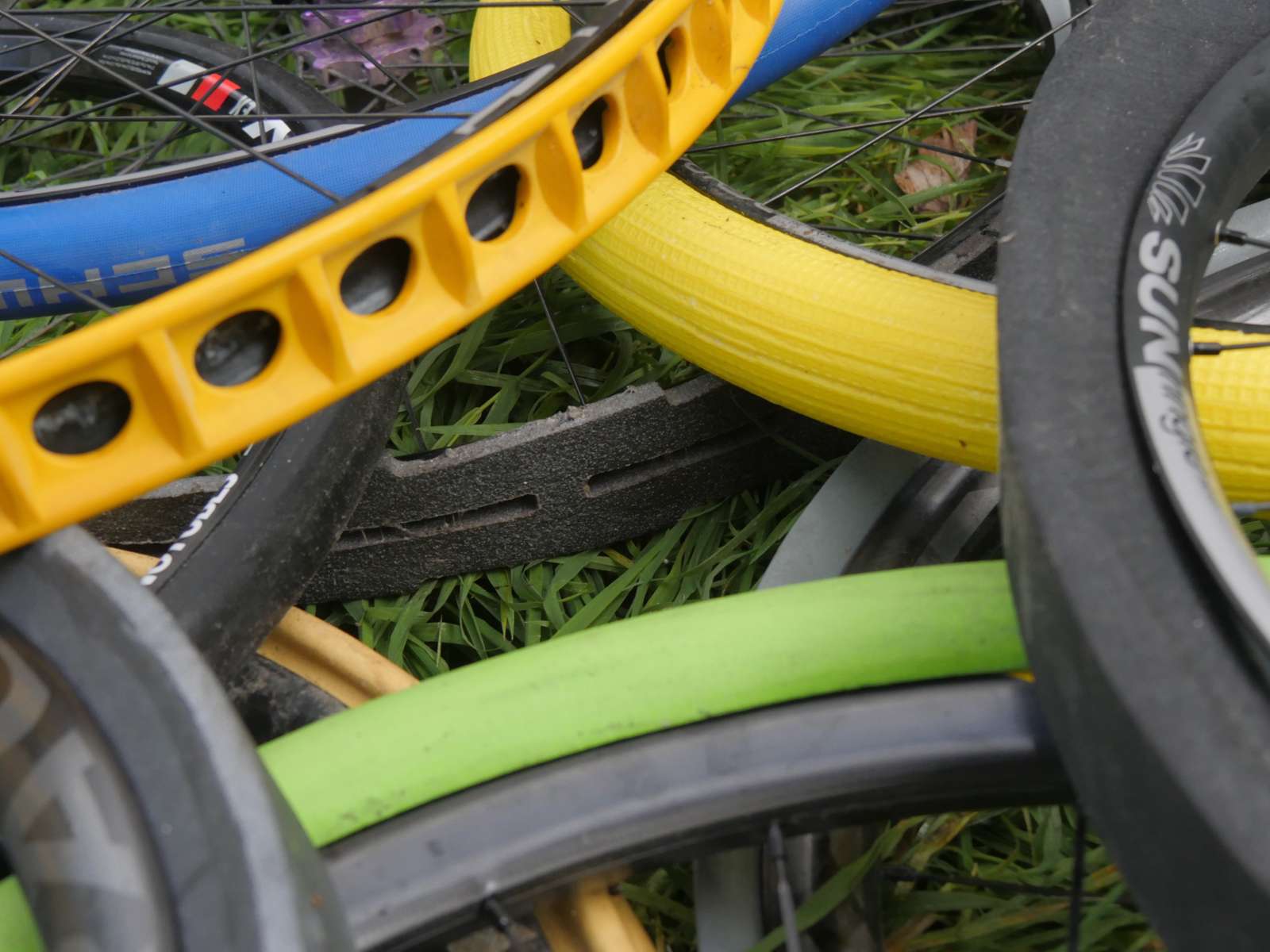
So what are they and what do they do? There are a bunch of different shapes and systems, some foam, some polymer, some with multiple layers, some a combination of inner tubes with protective outers. Most do roughly the same two things: Protect you from flats by putting material between the tyre and the rim, and support the tyre laterally, giving you more traction and less squidge.
Most have a bias toward one of those things, which is worth bearing in mind according to your riding. They do carry a penalty in that they increase the rotating mass of your wheel, which will slow down steering and braking a little, though a part of the idea is you can offset this somewhat by running a lighter tyre.
Latest Singletrack Merch
Buying and wearing our sustainable merch is another great way to support Singletrack
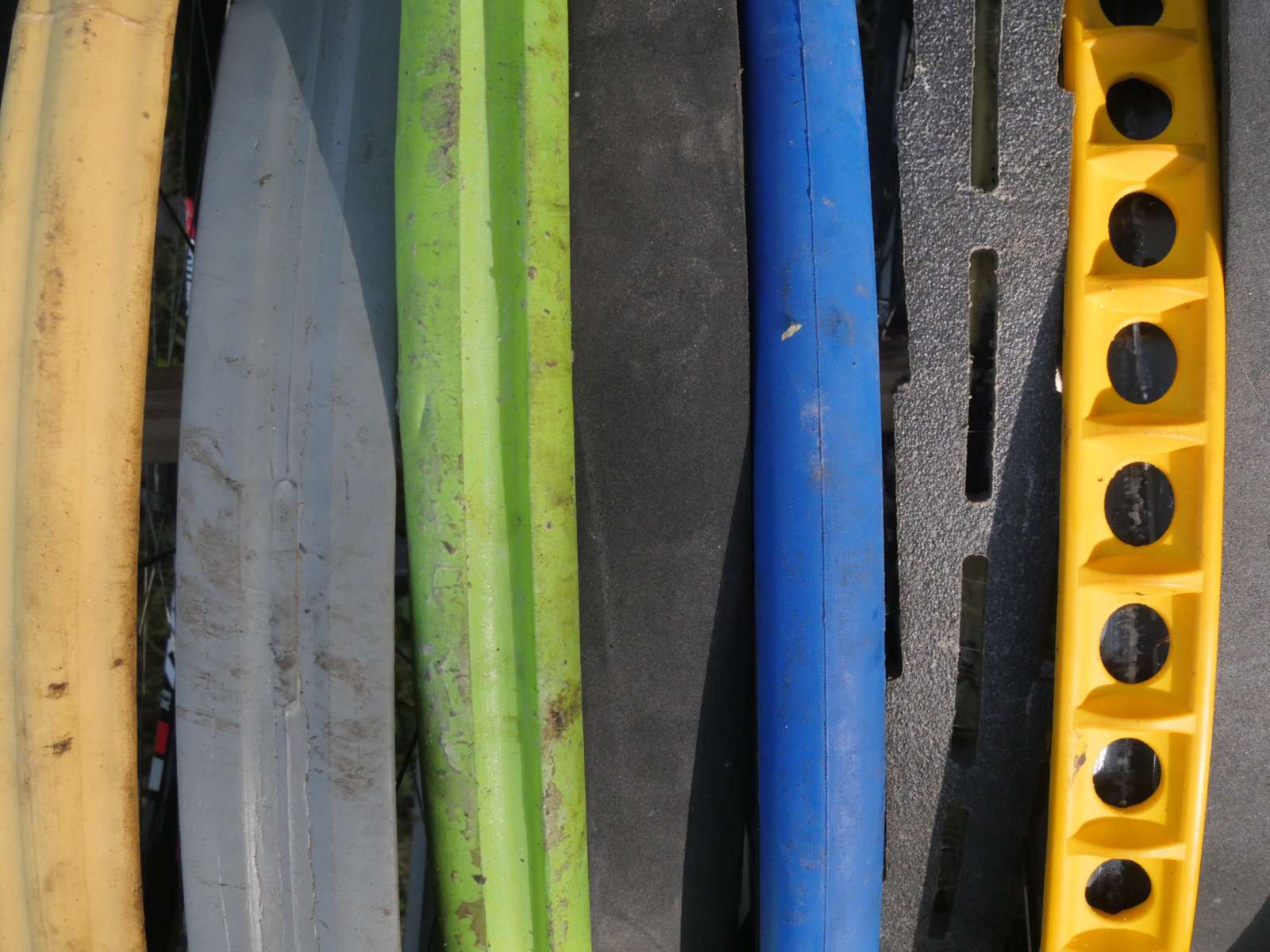
Not all inserts work with standard tubeless valves, as they block airflow. Some come with their own valves, featuring lateral holes to solve this. For all of the reviews in this test, I used Stan’s tubeless sealant (the standard one, not Race).
Weights per wheel range from the svelte Huck Norris at just under 80g, to Rockstop and Cushcore each approaching 250g. (I’ve made a spreadsheet here, including verified weights)
Another characteristic of inserts is that they change the suspension characteristics of your tyre, and your tyre is indeed a suspension component. Syntace talked about this when they co-developed Procore with Schwalbe, and some people laughed, but they weren’t wrong. Tyre pressure has an enormous influence on how your suspension feels, as well as rolling resistance over small chatter. Tyre inserts let you run lower pressures safely with more flexible tyres. CushCore have also published some research on this, but bear in mind it only compares their own product to a standard tubeless setup – not to other inserts.
Nothing makes a wheel indestructible though, and while these inserts have let me roll out of some situations I didn’t expect to, I have also managed to flat spot a couple of wheels. This is no fault of the inserts, given the magnitude of the wallops, so I’m not going to single those two out.
I ride in Calderdale, where a lot of the trails don’t have much in the way of corners, but do have a lot in the way of rocks. Naturally, I select more for rim/flat protection, and you’ll probably pick up on that in my reviews. If you’re railing bikeparks, it might be that you need more in the way of lateral support than I look for – but I’ll still point you toward the better options in the summary that follows.
Individual summaries
The rest of this feature is for subscribers, please join us and log in to read on.
Procore
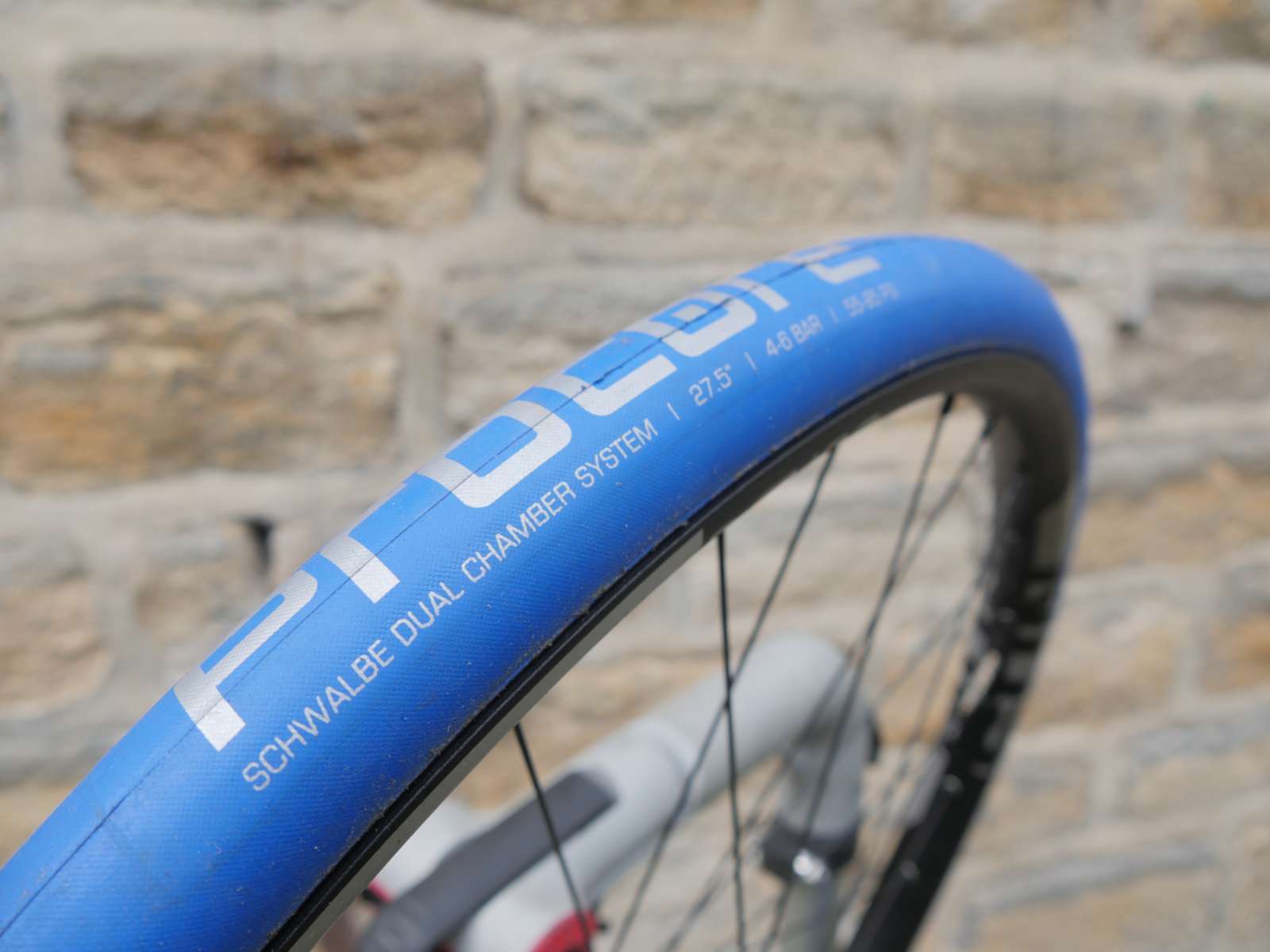
The original mass market insert for mountain bikes, and definitely the best at locking beads down if rolling tyres off the rim is a problem for you. Beware though, the high pressure inner tube this uses works at higher pressures than most carbon and some alloy rims are rated for. I also found over time you have to stay on top of checking pressures, as the inner chamber can eventually deflate.
Huck Norris
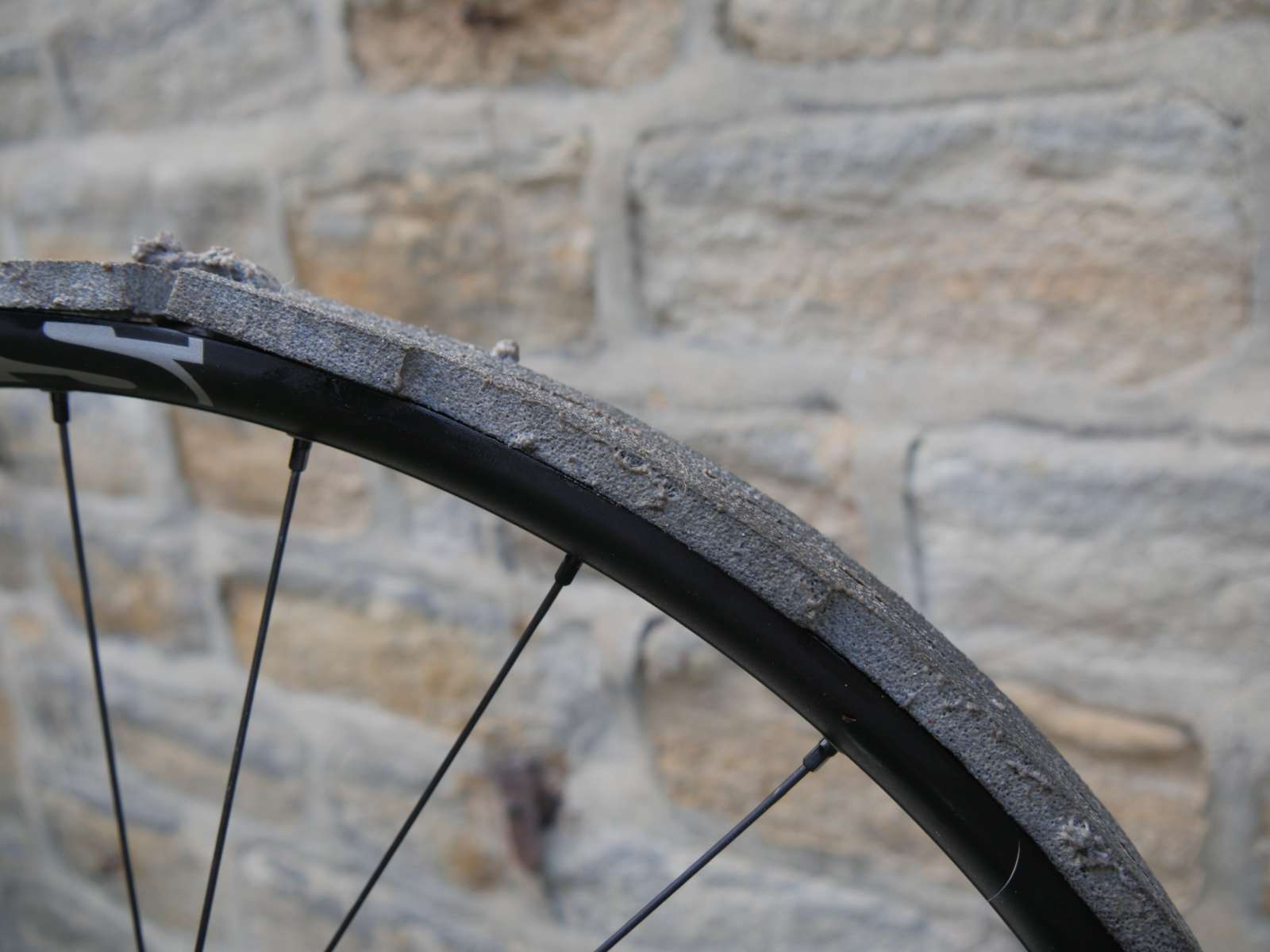
Second to market after Procore, Huck Norris takes a much simpler, lighter approach that places a thin strip of foam right in the centre of the tyre carcass. As such, it is very much a consumable, and doesn’t lock beads or give anything in the way of lateral support, but it was surprisingly effective at stopping flats.
Rimpact
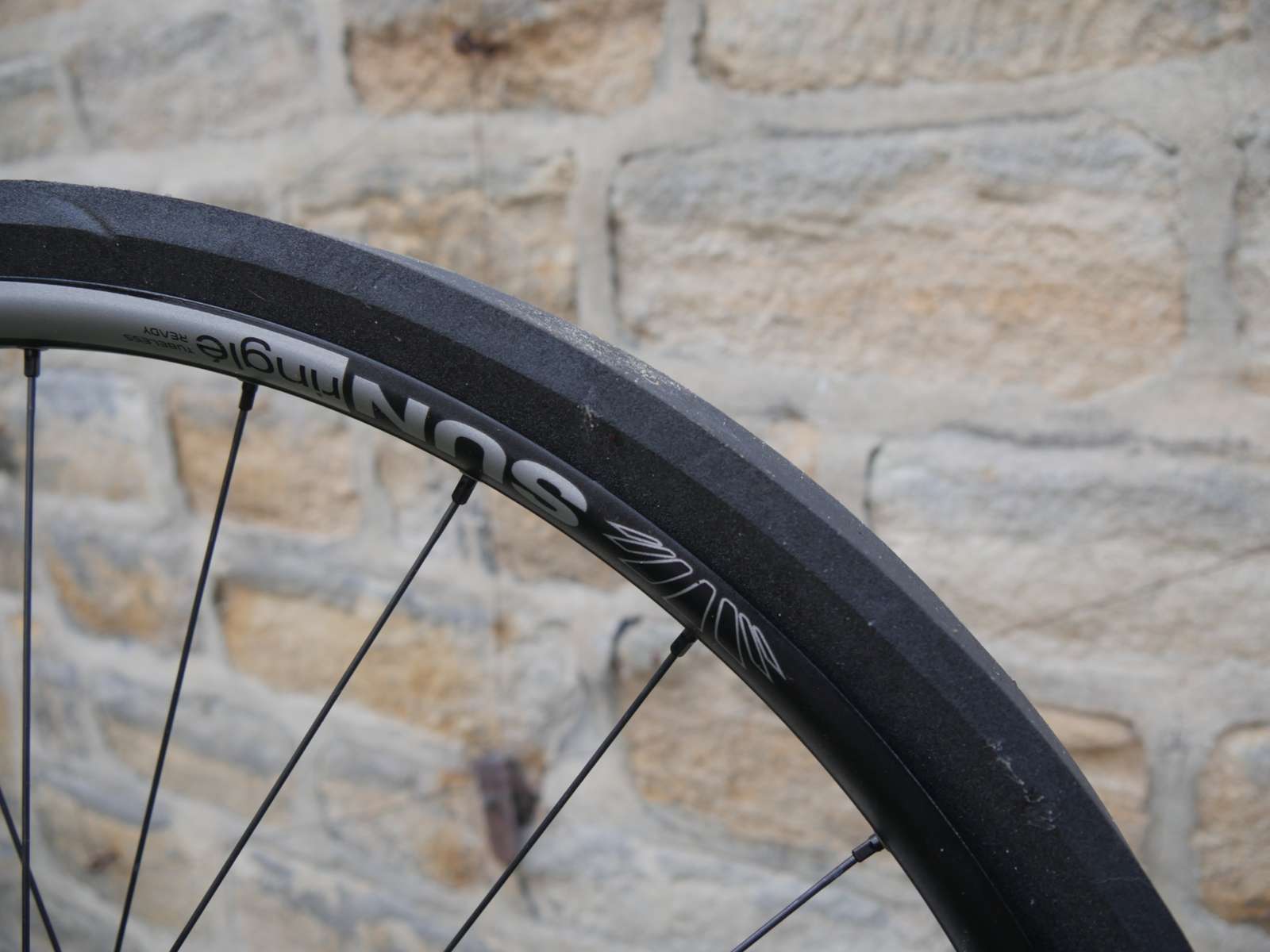
Standard Rimpact is one of the more budget friendly inserts in this test, also from the UK, and has the same great valve design as Cushcore. I found it effective enough, but its high volume, low density design means the edges of it get torn up relatively quickly by impacts, rather than shrugging them off. Since reviewing this, Rimpact have launched Rimpact Pro, featuring a higher density layer.
Panzer
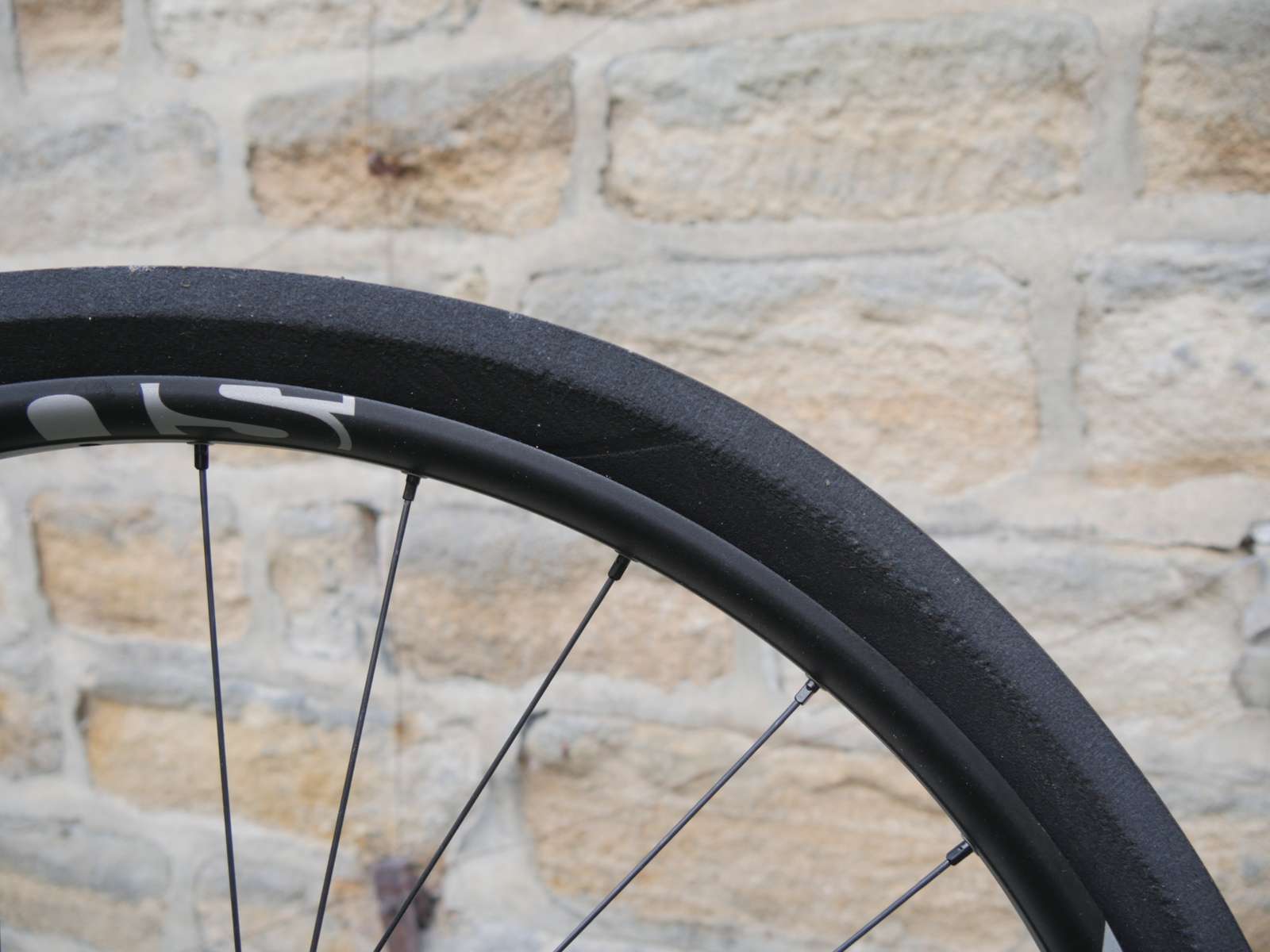
Panzer proved to be very effective at preventing flats, though did swell up considerably after some months, making it a little difficult to reinsert if removed. Leaving it out to air seemed to help it shrink a bit.
Nukeproof ARD
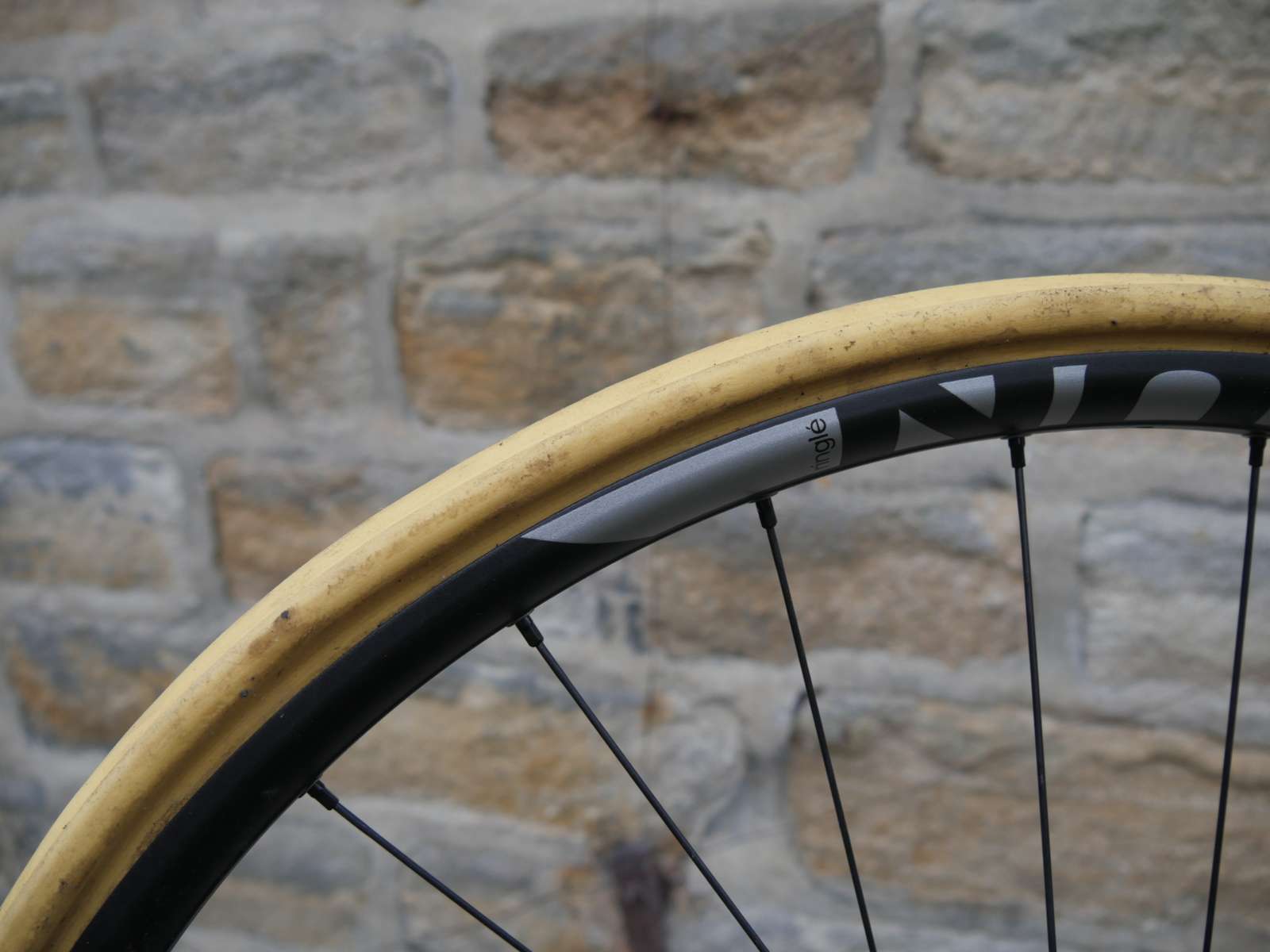
Nukeproof ARD impressed me with its performance relative to its size. It doesn’t take up much room in the tyre, provides plenty of flat protection, and the wing shapes on the profile help to keep tyre beads down. One did swell up very slightly over time, but not so much it became diffficult to remove and refit.
Pepi’s Rokkline Tire Noodles
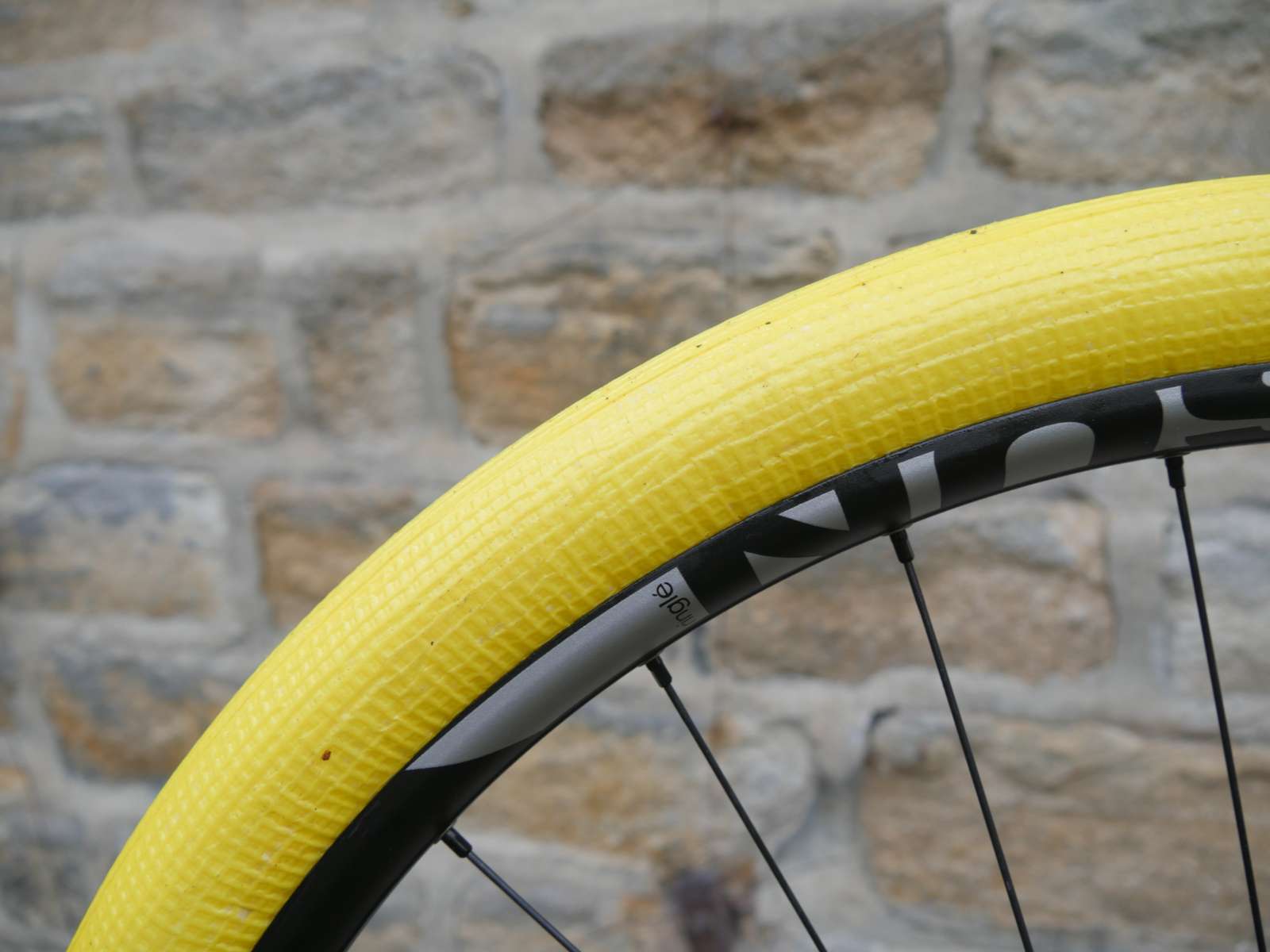
Pepi’s noodles are at the lighter end of the scale for tyre inserts. Running them for a while after the review, I found narrower rims can put occasional slits in them, so combined with their relatively high volume, I’d advise these are more suited to wider rims (>30mm internal) than narrower ones.
Vittoria Air Liner
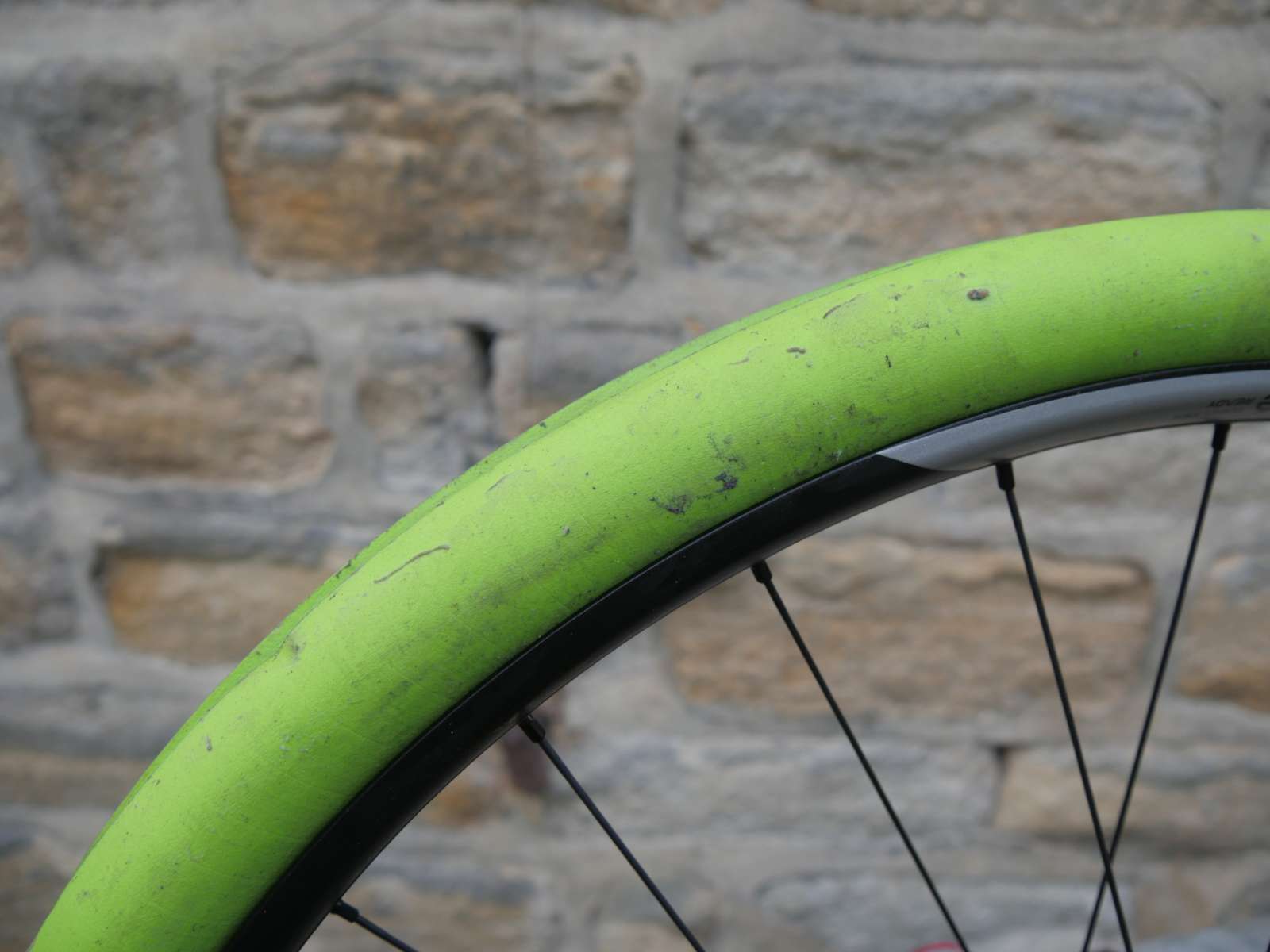
The Air Liner took a lot of abuse and just kept going through, among other things, several Alpine holidays. In a year of riding, it had just one hole in it, and whatever I hit that did that, I didn’t notice and neither did my wheel.
Flat Tire Defender Elite
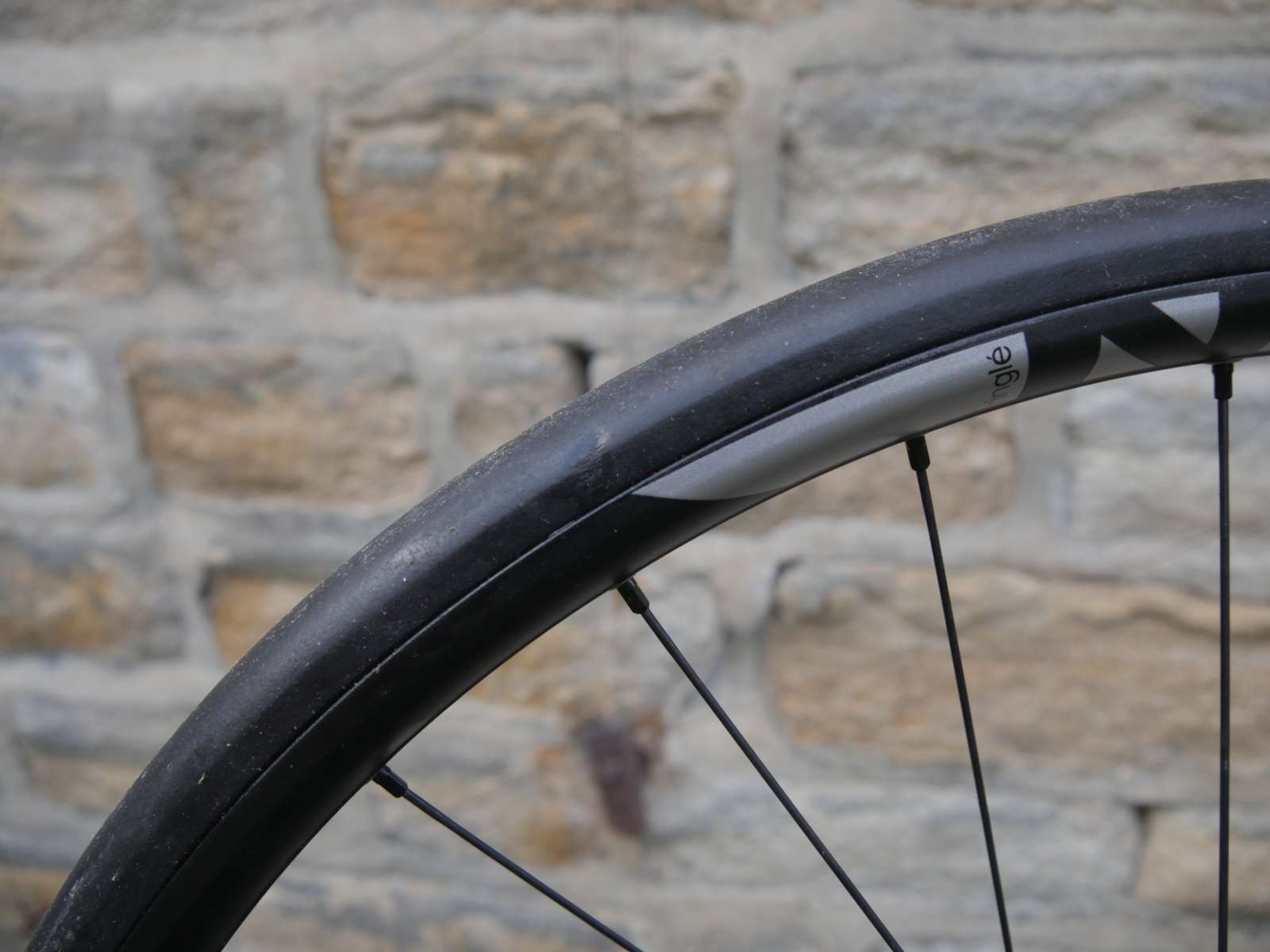
These squidgy EPDM foam rubber sausages seemed a little small to me at first, but did a surprisingly good job at defending from flats and not taking any damage in the process. They definitely work, but are a really tight fit. As a result, they’re the most difficult insert to fit of all the ones in this test.
Rockstop
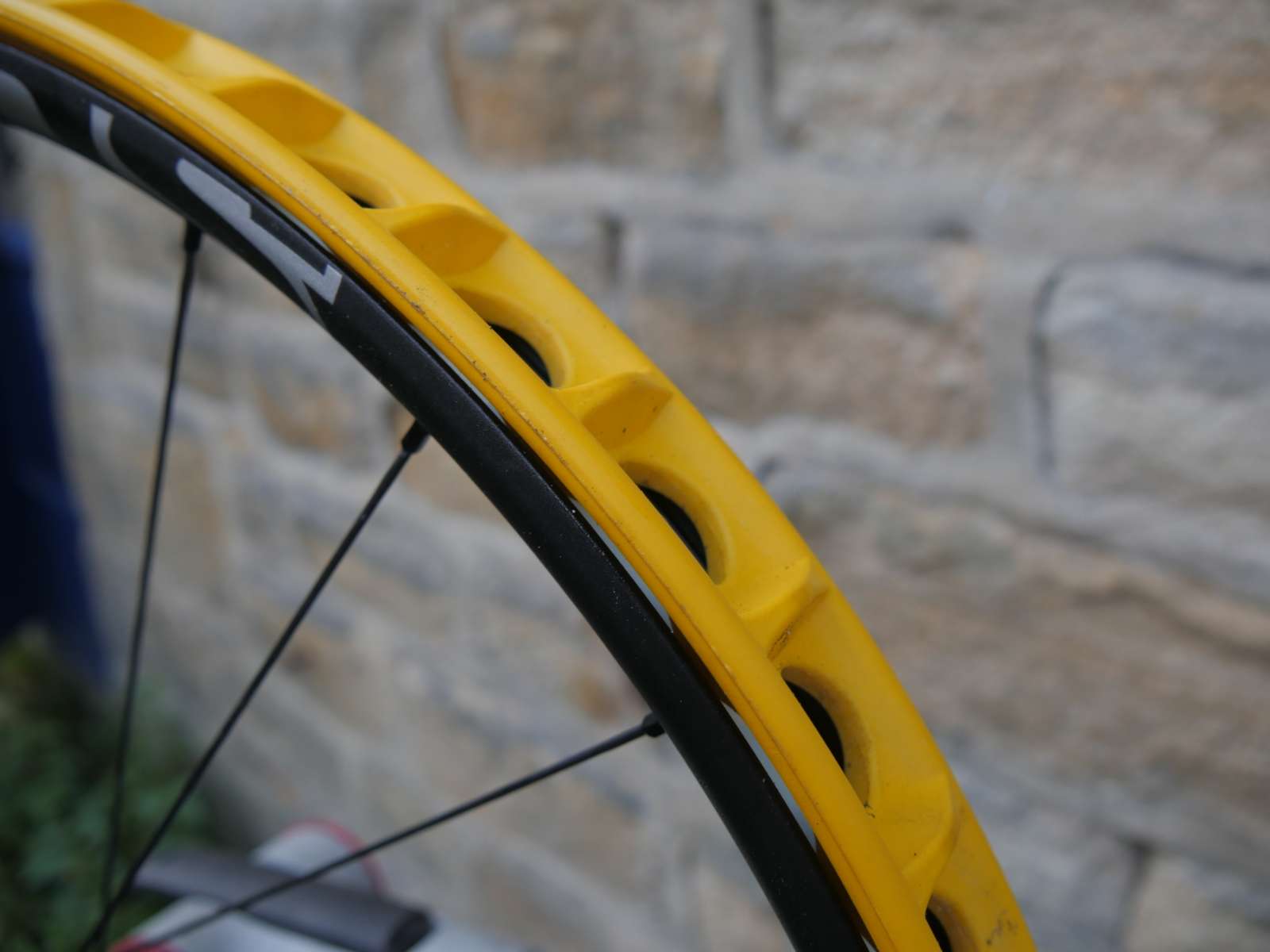
Made in the UK, unlike any other insert from a polymer rather than a foam. Because of that, it’s easily the best at shedding sealant thanks to its smooth surface. Rockstop was also easy to fit and super effective at preventing flats.
Cushcore
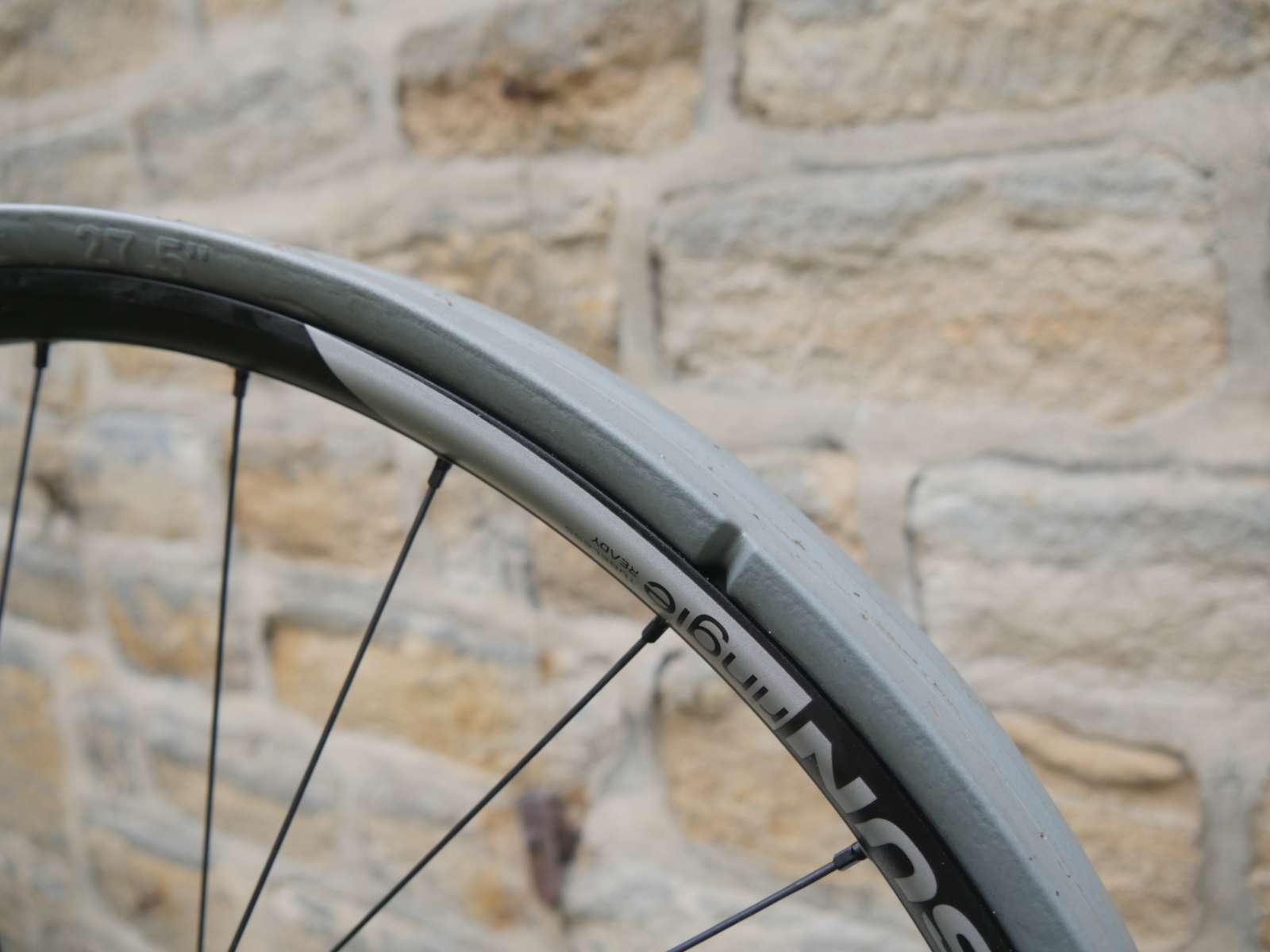
Second to none when it comes to lateral tyre support, since launch Cushcore have put a lot more effort into promoting this as an “inner tyre suspension system” than flat protection. While it does do the latter too, I found it not as effective as some other inserts. Cushcore also had some of my favourite insert specific valves in the test.
Conclusion
So with a pile of inserts in the workshop, and nearly four years to test them all, what do I now choose to run? There are a few I favour.
Best Overall: Rockstop
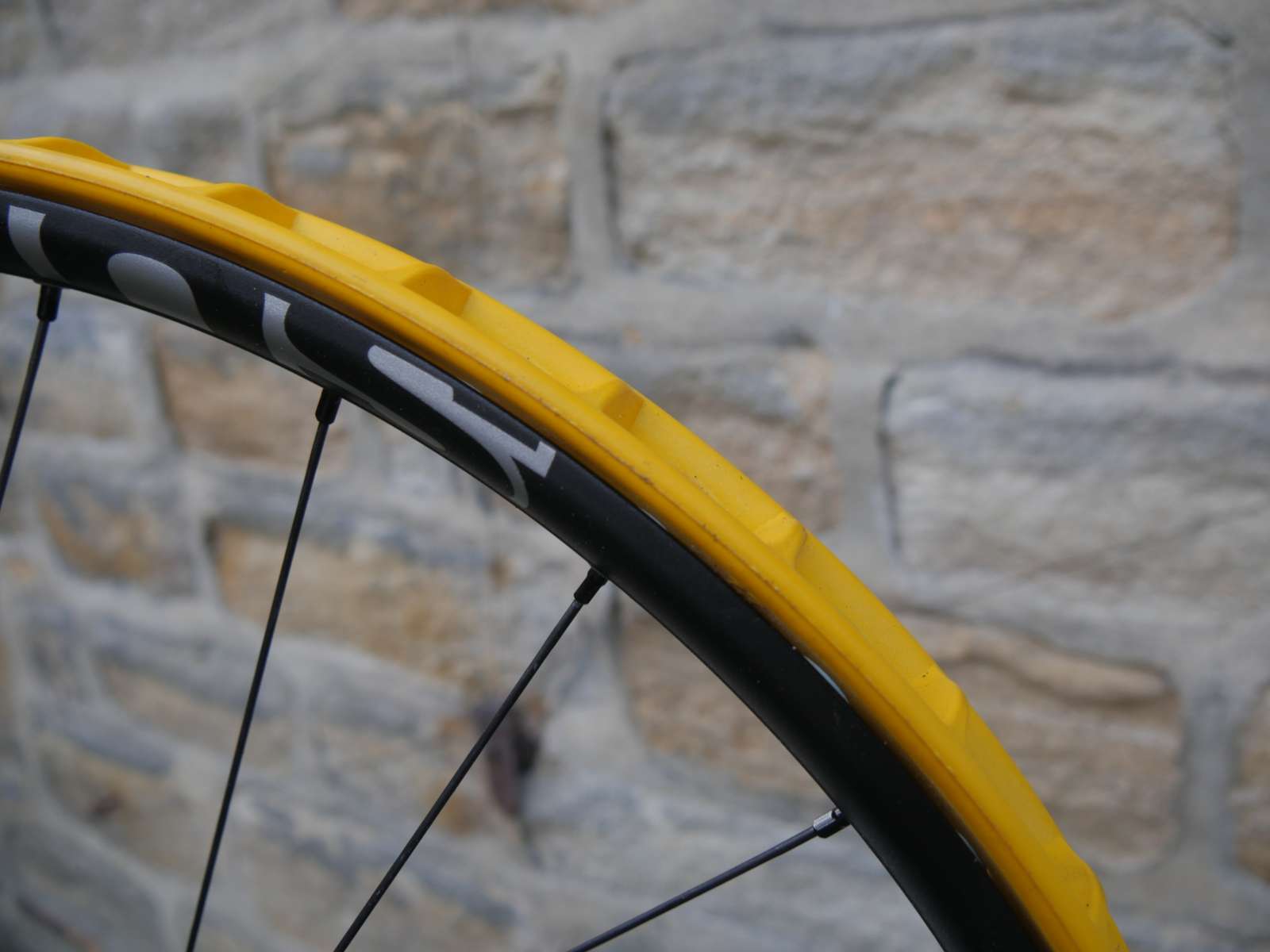
For ease of installation and general bulletproofness, my favourite in the test is Rockstop. It’s really well thought through, very quick to install, and doesn’t require any special valves. If I’m heading somewhere remote on a test bike or need to fit inserts in a hurry, this is the one I reach for first.
Toughest: Vittoria Air Liner
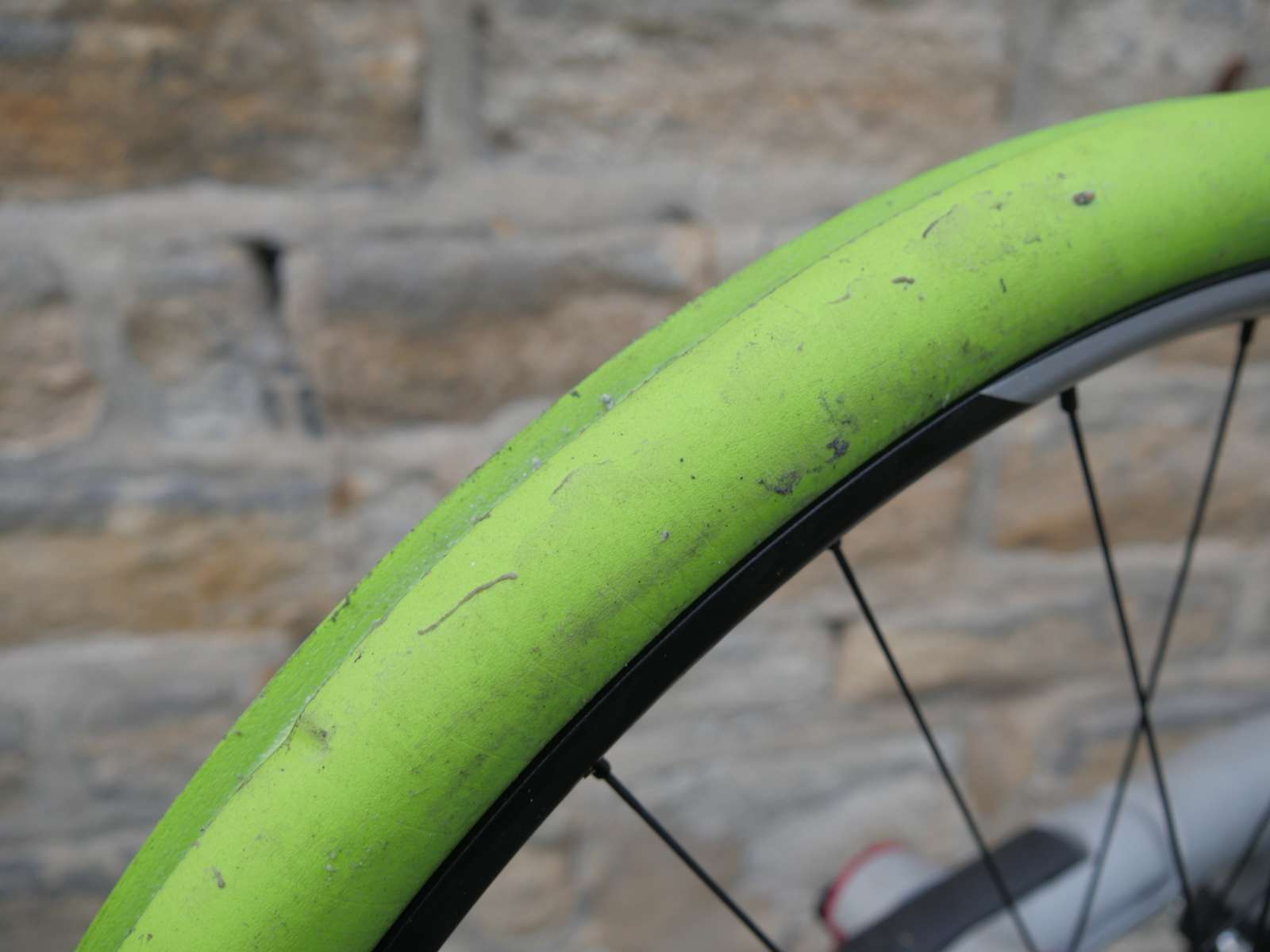
For out and out toughness, Vittoria’s Air Liner is the one that’s ended up spending the most time in several of my back wheels. While any insert is a consumable and will eventually be destroyed by impacts, the Air Liner seems to be almost indestructible. I suspect chemistry is the only thing that will eventually do for it.
Best Tyre Support:
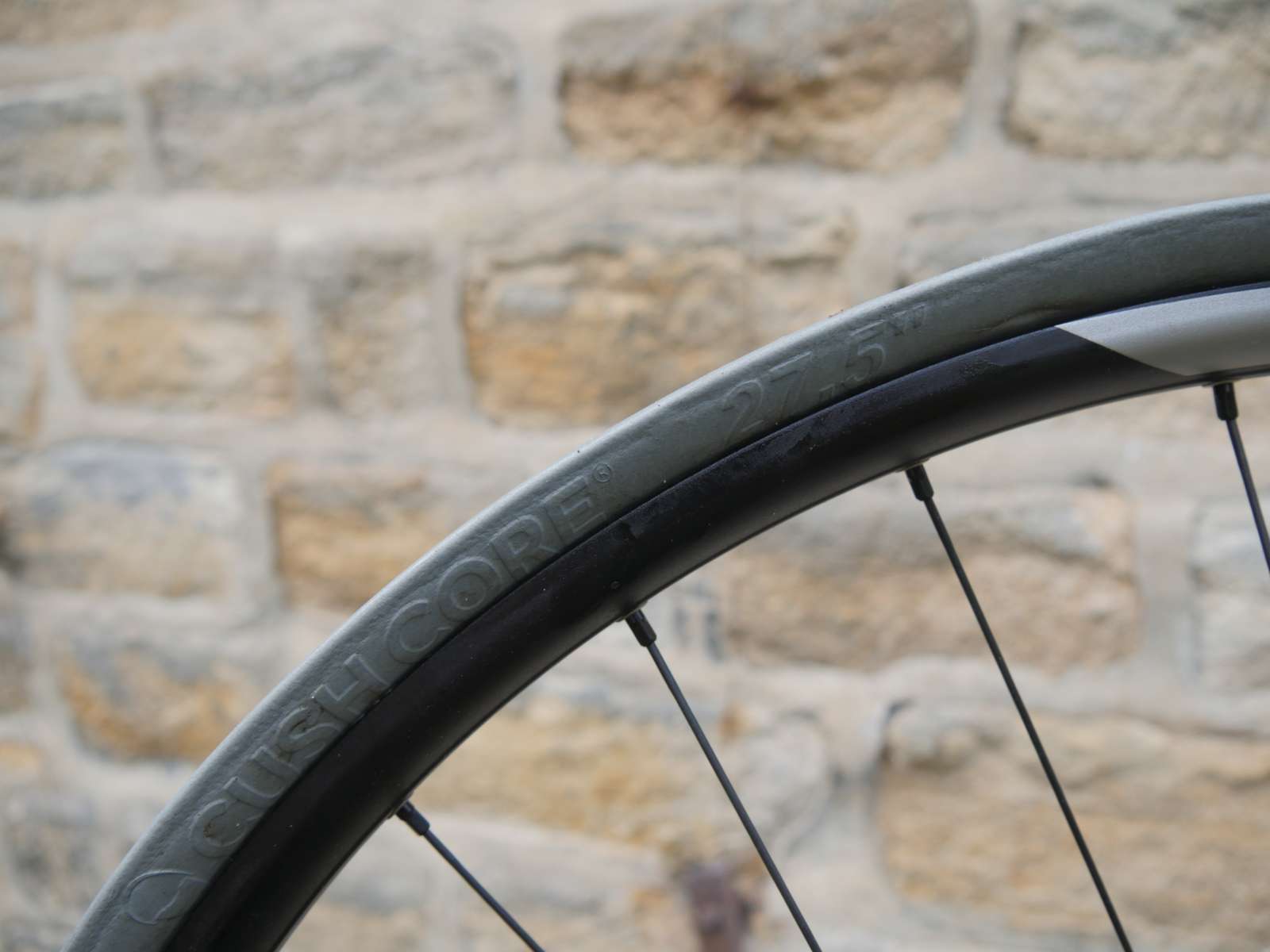
For tyre support, Cushcore is king, and while that’s not so relevant on my home trails, I have fitted it to front wheels for bike park riding. It makes a lot of sense there and lets me play a bit more with tyre pressures. For any back wheel though, I tend to run something tougher and quicker to fit.
Good All Rounder: Nukeproof ARD
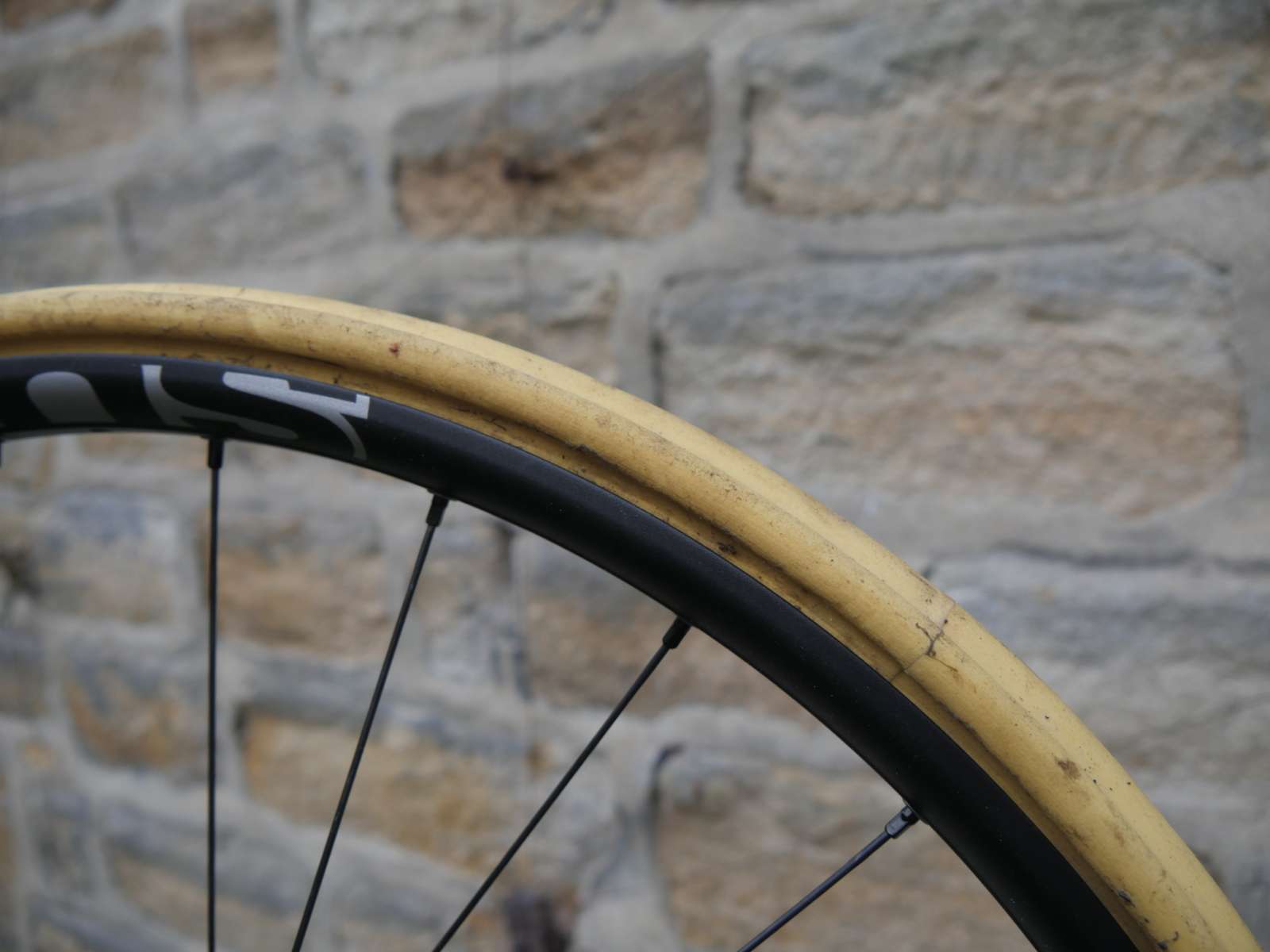
Finally, Nukeproof ARD gets a mention as one of the best budget friendly all rounders. Early versions apparently suffered with swelling as they soaked up sealant, but this seemed to have been solved by the time I got some for review, and they provide good protection. One has lived in the back wheel of my hardtail for well over a year, with no incident.




I run the tannus insert which combines rim and puncture control but runs a tube. Great system and avoids all the gunk and hassle of tubeless. Very easy to fit and remove so even if you do puncture, repair is easy.
guys, the post is broken, we can’t see the individual summaries even logged in 🙁
I have the same issue not being able to read the second part even though I am logged in.
Same comment as above. No luck with the full reviews
Sorry folks, it’s not broken – this is paywalled content for our paying subscribers. As there are three of you all pointing out you can’t access it, it proves that it’s useful content that’s in demand. Which is just the kind of thing we need to put behind a paywall so that we can keep producing it. Subscriptions start at at £2.50 a month for a digital subscription, which also gives you access to the digital version of our magazine, or £39 gets you the printed copy to your door (in the UK, there’s an extra bit for postage elsewhere in the world). Sorry for your frustrations and hope you will consider subscribing. @jcmonty @surfhenk @fookea
I followed the link to check out the subscription offers and it just kept on asking for my log in and password details .
Well I am paying customer and I’m logged in but still can’t see the content, 5 days to the end of my sub and I keep getting this.
It’s not just behind a paywall!!!!!! I’m subscribed and I cannot see the subscriber content!!!!!!!!!!!!!!!!!!!!!!!!!!!!!!!!!!!!!!!!!!!!!!!!!!!!!!!!!!!!!!!!!!!!!!!!!!!!!!!!!!!!!!!!!
Well I subscribe and can’t see the content either
Me too !!!
Me too!
Am I too late to say I’m subscribed and I can see it all.
Sorry to say that I am a bit disappointed that the individual unit weights per system were not provided as a comparison in this review. You had all the systems in your hand and did not provide some critical information (weights) that would help at least myself to aid me in my future purchase.
I subscribed to your magazine for this one article hoping it would actual hold some merit like the bigger magazines out there. I like to read about the technical information to determine how much heavier (or lighter) components will be vs just taking someone’s word.
Erm there is a whole spreadsheet linked in the article with all the measured weights, prices etc!